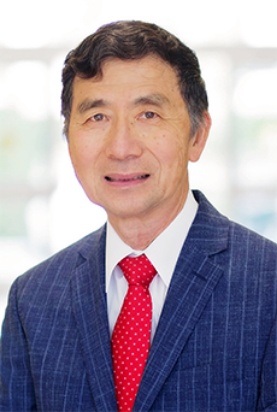Breast & General Surgery

At the Comprehensive Center for Breast Care at ASBS, we are dedicated to providing the highest quality of care to patients diagnosed with breast cancer. Our Center brings together the South Bay’s premier multidisciplinary breast cancer team. Specialists from medical, radiation, and surgical oncology work together to provide the most advanced individualized treatment plans. We treat close to 500 women each year and offer comprehensive screening, diagnostic, medical and surgical breast services, nutrition and genetics counseling, and a full array of psycho-social support for patients and families.
Our breast surgeons coordinate complex treatment planning with all team members, providing a comprehensive, multidisciplinary approach to benign and malignant diseases of the breast, and collaborating closely with other specialists at the Torrance Memorial Breast Diagnostic Center and the Providence Little Company of Mary Torrance Women’s Imaging Center.
Our breast surgeons work closely with their patients to identify a surgical option that provides for the best outcome taking personal concerns and preferences into consideration. Some options include:

Breast & General Surgery

Breast & General Surgery & Minimally Invasive Surgery

Robotic & General Surgery

Skin Cancer, Hernia, & General Surgery

Endocrine & General Surgery

Skin Cancer, Hernia, & Colorectal Surgery
*All opinions expressed are the sole viewpoint of the individual patient, and as such should not be treated as medical advice. Results will vary for every individual.*